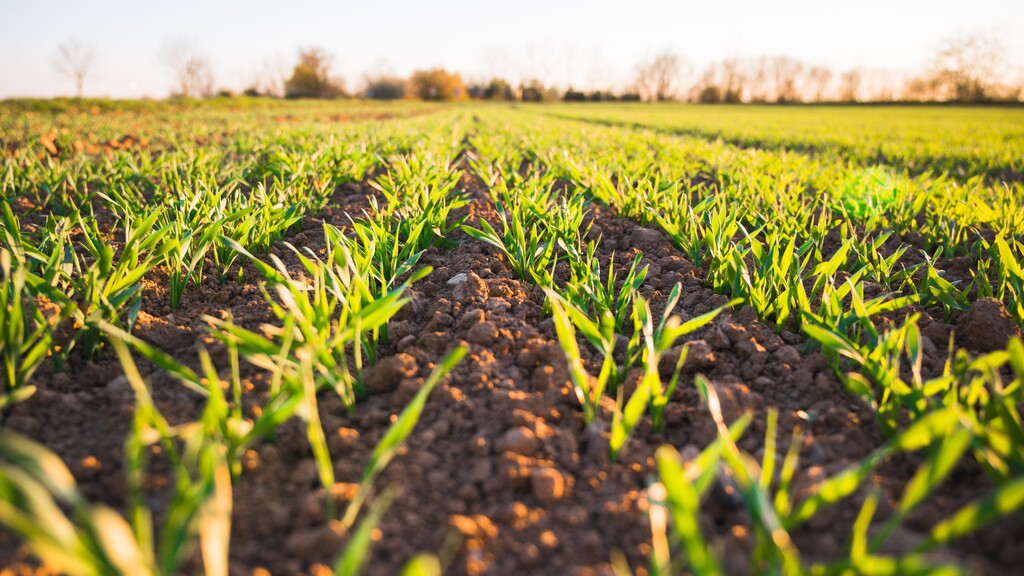

Beim Wegwerfen von Lebensmitteln wird nicht nur das Produkt mit einem bestimmten Geldwert vernichtet, sondern auch dessen Produktionsaufwand an Arbeitszeit, Energie, Wasser, Pestiziden, Düngemitteln und Boden. Für die Menge an weggeworfenen Lebensmitteln werden circa 30% der weltweit verfügbaren Anbaufläche unnötigerweise genutzt.
In vielen ärmeren Ländern der Erde ist die Versorgung mit Lebensmitteln schwierig. Und das, obwohl weltweit circa 1,3 Milliarden Tonnen Lebensmittel verschwendet werden. Der Rückgang der Lebensmittelverschwendung wird demnach als eine vielversprechende Möglichkeit zur Verbesserung der Versorgung mit Nahrungsmitteln in den kommenden Jahrzehnten gesehen.42 Weltweit geht etwa ein Viertel der Menge der produzierter Nahrungsmittel in der Nahrungsmittelkette verloren. Würde man die größten Verluste einsparen, könnte man 1 Milliarde mehr Menschen versorgen.
Im Grund wäre das weltweite Nahrungsangebot ausreichend, um den durchschnittlichen Bedarf der Bevölkerung zu decken. Unterernährung und Hunger sind Folgen einer ungleichen Verteilung und Verschwendung von Lebensmitteln. Darüber hinaus ist die Landwirtschaft einer der größten Treiber des Klimawandels. 46 Circa ein Zehntel der weltweiten Treibhausgase könnten bis 2050 aufgrund der Lebensmittelverschwendung entstehen. 45 Wenn die Landwirtschaft hingegen weltweit auf eine biologische Verhaltensweise umsteigt, würden sich 35 bis 60 Prozent des globalen Zuwachses von Treibhausgasen bis 2030 neutralisieren. Als Vorbild der Landwirtschaft des 21. Jahrhunderts sieht der Weltagrarbericht kleinbäuerliche, arbeitsintensivere und auf mehr Vielfalt ausgelegte Strukturen. Dies würde eine soziale, wirtschaftliche und ökologisch nachhaltige Lebensmittelversorgung ermöglichen. 37
Several studies have shown that global crop production needs to double by 2050 to meet the projected demands from rising population, diet shifts, and increasing biofuels consumption. Boosting crop yields to meet these rising demands, rather than clearing more land for agriculture has been highlighted as a preferred solution to meet this goal. mehr
Improving the productivity of smallholder farms in SubSaharan Africa offers the best chance to reduce poverty among this generation of rural poor, by building on the limited resources farming households already possess. It is also the best and shortest path to meet rising food needs. Using examples from farmers’ maize and rice fields, and comparisons with Asia, this paper examines why the set of technologies promoted to date have produced localized successes rather than transformational change. mehr
It it generally accepted in the international field of risk assessment research that the effects of transgenic organisms have to be assessed ‘case by case‘ and ‘step by step‘. While most physiological effects can be studied in laboratory and greenhouse, ecological, agronomic and economic effects are partly only assessable in field tests or commercial growing and by modelling. mehr
Reducing food losses and waste is considered to be one of the most promising measures to improve food se-curity in the coming decades. Food losses also affect our use of resources, such as freshwater, cropland, andfertilisers. This paper estimates the global food supply losses due to lost and wasted food crops, andthe resources used to produce them. It also quantifies the potential food supply and resource savings thatcould be made by reducing food losses and waste. mehr
Avoiding food loss and waste may counteract the increasing food demand and reduce greenhouse gas (GHG) emissions from the agricultural sector. This is crucial because of limited options available to increase food production. In the year 2010, food availability was 20% higher than was required on a global scale. Thus, a more sustainable food production and adjusted consumption would have positive environmental effects. This study provides a systematic approach to estimate consumer level food waste on a country scale and globally, based on food availability and requirements. mehr
Changing food consumption patterns and associated greenhouse gas (GHG) emissions have been a matter of scientific debate for decades. The agricultural sector is one of the major GHG emitters and thus holds a large potential for climate change mitigation through optimal management and dietary changes. This paper assess this potential, project emissions, and investigate dietary patterns and their changes globally on a per country basis between 1961 and 2007. mehr
Die aufgeführten Daten und Fakten stützen sich auf das Buch "Unser täglich Gift" von Johann G. Zaller, Ökologe an der Wiener Universität für Bodenkultur sowie Experte der Österreichischen Biodiversitätskommission.